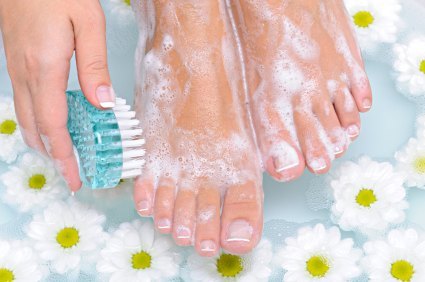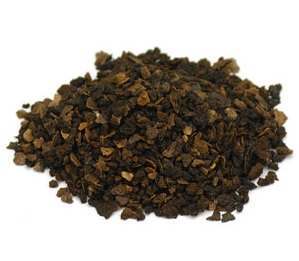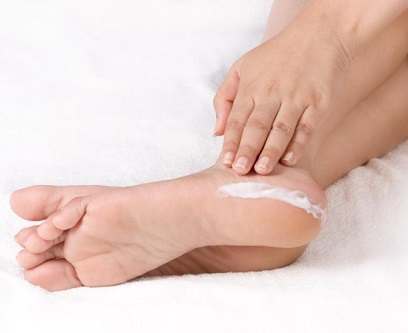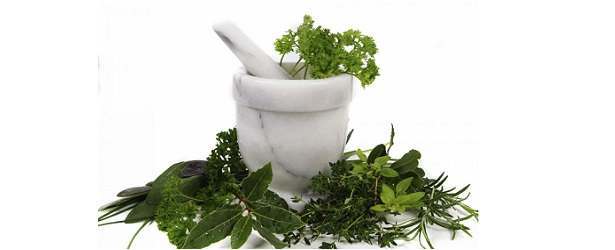Remove Shoe Odor for Good
If you have excessive foot odor, it is important to see a doctor as it may indicate a serious issue like athlete’s foot, which is caused by a fungal infection, or hyperhidrosis, a disease that causes excessive sweating of the feet and hands.
Once these conditions have been ruled out or eliminated, you will want to clean your shoes to remove the odor. Don’t throw away those sweaty shoes. Give some home remedies a shot to wipe out any foul odors.
 Keep Your Feet Clean
Keep Your Feet Clean
It may seem obvious, but an odor-free shoe starts with an odor-free foot. Feet generally start to smell after they have been perspiring. This sweat can combine with bacteria, and that’s what causes the odor.
Dry, clean feet won’t sweat as much and won’t build up as much bacteria. This will eliminate bad odors. Make sure you are washing your feet every day using soap and hot water. Also, make sure that you are thoroughly drying your feet when you are done. Pay special attention to the skin between the toes.
Give Your Feet a Soak
In addition to keeping your feet thoroughly clean, spoil them once a week with a foot soak. Not only will it ease your tired feet, it will also help to prevent foot odor. Mix warm water with 1 tablespoon of baking soda or 1/2 cup of vinegar. Then, fill your bathtub or basin with the mixture. Let your feet soak for about fifteen to twenty minutes. These soaks make the skin more acidic, which makes them an unpleasant environment for the fungi and bacteria that make feet stink.
 Dry Your Shoes
Dry Your Shoes
Fungi and bacteria love moist, dark, and warm places, like the insides of your shoes. Thus, you want to clean as much bacteria and fungi as you can from your shoes. The best way to do this is to keep your footwear dry. Do not wear the same shoes for more than two days in a row, because your shoes will likely need a full day to completely dry. If the insoles come out, remove them when you’re drying the shoes. Finally, if your shoes get damp, air them out in the sun or put them in the dryer. Sprinkling talcum powder or cornstarch over your dried toes and feet can also absorb dampness. Before and after wearing your shoes, dust a little of the powder into them as well.
Change Your Socks
Another simple step is to put on new socks if they become damp. This may mean switching socks a couple of times each day. You’ll also want to make sure that you are buying socks made out of natural fabrics like hemp, wool, or cotton as these will encourage air circulation over the feet. These fabrics will also absorb moisture better than socks made out of synthetic fibers.
Disguise the Smell
When all else fails, deodorize your shoes to give them a more pleasant scent. Sprinkle plant leaves (dry or fresh) into shoes as they’re drying out. Herbs like rosemary, lavender, and sage all have strong scents that can hide unpleasant odors. Essential oils are also good for deodorizing your shoes and won’t irritate your skin, like synthetic sprays might. Patchouli or clove can be poured onto a cotton ball and placed onto waxed paper or plastic wrap to stop the oil from coloring your shoes. Keep the balls in your shoes until you wear them again.

 Subscribe Now
Subscribe Now

 Walnut Hulls
Walnut Hulls A baking soda paste has also been known to help stop the discomfort and burning associated with itchy feet. To make the paste, add one tablespoon of baking soda to two to three teaspoons of water. Stir the mixture until it turns into a paste.Wipe the paste over the feet and make sure you saturate each part of your foot, especially the skin in between your toes. Let the paste dry for five to ten minutes. Then, put your feet under cool water to rinse off the paste. Dry your feet with a towel. Then, dust your feet with cornstarch to remove any lingering moisture. Fungi love damp feet, so you want to make sure that you’re keeping yours cool and dry to avoid further fungal infections.
A baking soda paste has also been known to help stop the discomfort and burning associated with itchy feet. To make the paste, add one tablespoon of baking soda to two to three teaspoons of water. Stir the mixture until it turns into a paste.Wipe the paste over the feet and make sure you saturate each part of your foot, especially the skin in between your toes. Let the paste dry for five to ten minutes. Then, put your feet under cool water to rinse off the paste. Dry your feet with a towel. Then, dust your feet with cornstarch to remove any lingering moisture. Fungi love damp feet, so you want to make sure that you’re keeping yours cool and dry to avoid further fungal infections.



 Before undertaking this regiment, though, it is very important to contact your doctor if you are diabetic. Due to poor circulation to the lower extremities, diabetics are more likely to contract dangerous forms of fungal infections. Thus, treating foot conditions and dry skin should be done under the care of your physician.
Before undertaking this regiment, though, it is very important to contact your doctor if you are diabetic. Due to poor circulation to the lower extremities, diabetics are more likely to contract dangerous forms of fungal infections. Thus, treating foot conditions and dry skin should be done under the care of your physician. Step 2:
Step 2:  Step 5:
Step 5: 

 Coconut Oil
Coconut Oil
 Chamomile
Chamomile Thyme
Thyme
 The Cause of Fungal Infections
The Cause of Fungal Infections Garlic
Garlic

 All of us face a weakened immune system and poorer circulation as we age. Thus, older people are more likely to end up with a nail fungus. The reason for this is because the elderly have been exposed to fungi for many years, which may also explain why they are more likely to suffer from an infection.
All of us face a weakened immune system and poorer circulation as we age. Thus, older people are more likely to end up with a nail fungus. The reason for this is because the elderly have been exposed to fungi for many years, which may also explain why they are more likely to suffer from an infection.
 Athlete’s foot strikes people most often. You will usually see this on the skin of your feet. One of the telltale indications that you have athlete’s foot is wetness on the soles of your feet or the skin between your toes. The skin will look puffy and swollen and will also be red. Along with the redness, there may often be an itching or burning sensation.
Athlete’s foot strikes people most often. You will usually see this on the skin of your feet. One of the telltale indications that you have athlete’s foot is wetness on the soles of your feet or the skin between your toes. The skin will look puffy and swollen and will also be red. Along with the redness, there may often be an itching or burning sensation. Keep an eye on your nails
Keep an eye on your nails
 Tea Tree Oil
Tea Tree Oil Terbinafine
Terbinafine